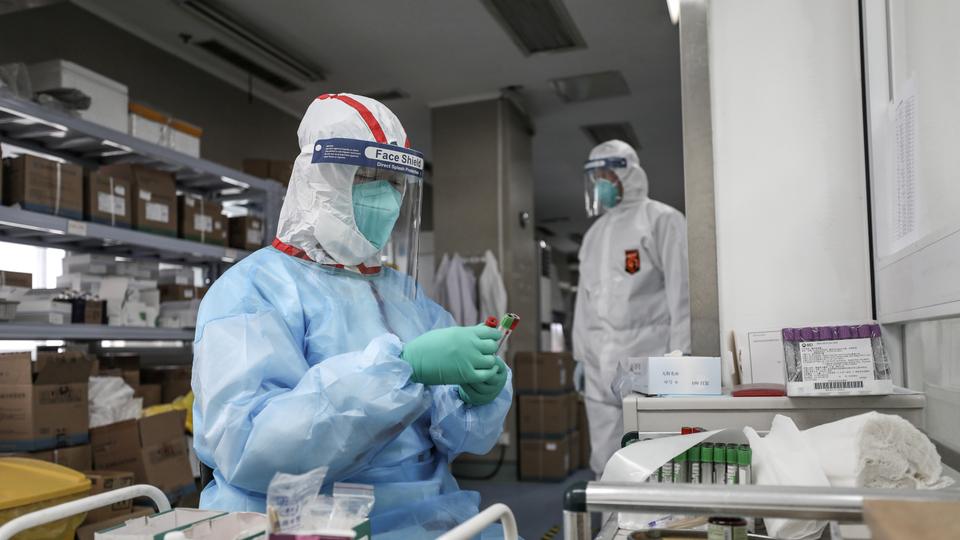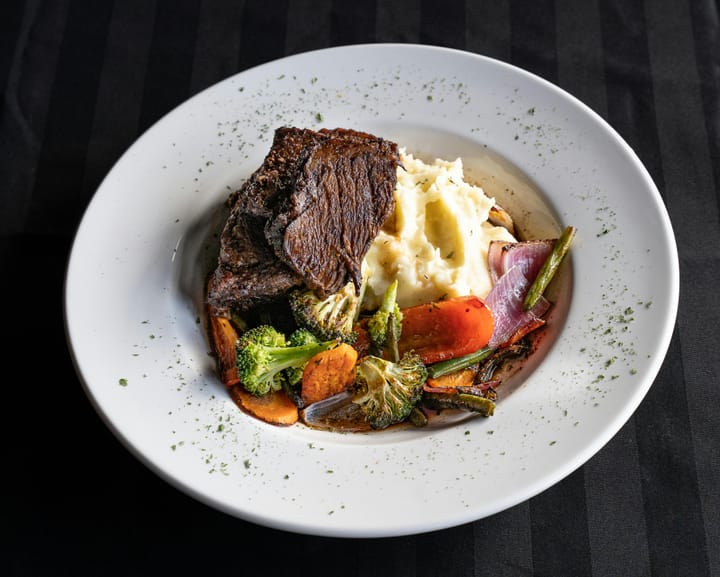Wuhan virology lab denies any link to coronavirus outbreak

A few minutes every morning is all you need.
Stay up to date on the world's Headlines and Human Stories. It's fun, it's factual, it's fluff-free.
After months of speculation spurred on by a war of words in the media, a top-level official has publicly denied any link of the Wuhan virology lab to the current coronavirus pandemic experienced across the world.
On Saturday, April 18, President Donald Trump said that his administration would look into the claims that the virus had “escaped” from the Wuhan laboratory. “We’re looking at it, a lot of people are looking at it. It seems to make sense,” Trump said.
Lab speaks out
On Friday, April 17, during an interview with state-run China Global Television Network (CGTN), Yuan Zhiming, the Wuhan Institute of Virology’s laboratory director, spoke out against claims made that the novel coronavirus (SARS-CoV-2) was purportedly manufactured in the confines of the lab and stated that United States Republican Senator Tom Cotton and that media such as the Washington Post were among those “deliberately” misleading the public without sufficient evidence.
“We know what kind of research is going on at the institute and how the institute manages viruses and samples. There is no way that virus came from us,” he said in the interview. However, Yuan also acknowledged that “…people can’t help but make associations.” Yuan also said that subsequent to the outbreak, his institute shared the genome sequence of the virus and the latest research on the animal model with the World Health Organization (WHO) and the Food and Agriculture Organization (FAO) of the United Nations.
Another viewpoint
Speaking to Live Science, Gerald Keusch, associate director of the Boston University National Emerging Infectious Diseases Laboratories said: “Based on no data, but simply [a] likely scenario is that the virus went from bats to some mammalian species, currently unknown despite speculation, [and] spilled over to humans.”
This spillover event may have taken place before the virus found its way into a live animal market, “which then acted as an amplifying setting with many more infections that subsequently spread and the rest is history,” Keusch said.
“The timeline is fuzzy and I don’t think we have real data to say when these things began, in large part because the data are being held back from inspection.”
[article_ad]
Have a tip or story? Get in touch with our reporters here!
Sign up for daily news briefs from The Millennial Source here!




Comments ()